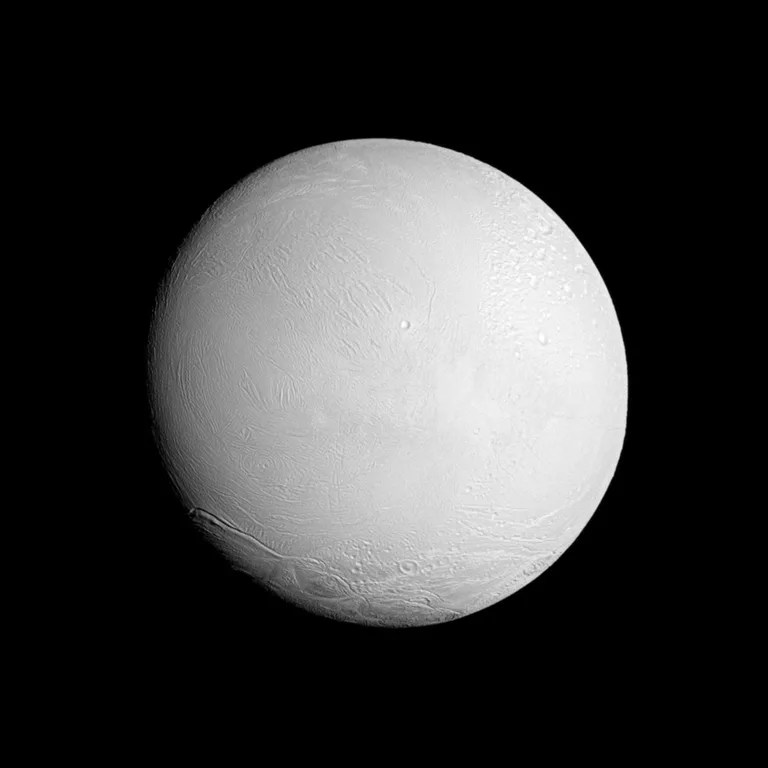1 min read

This 46-mile (74-kilometer) close Enceladus flyby puts the fields, particles and waves instruments in the driver’s seat. There they will use the rare opportunity of being in the moon’s backyard to directly sample the moon’s plumes, analyzing them to characterize their composition, density and even variability. Combined with E-14 and E-18, the moon’s South polar regions will be well covered.
During the dark approach, the composite infrared spectrometer (CIRS) will be observing Enceladus to monitor hot spots. In addition, there is a long (5 hour) plume observation by the remote sensing instruments at a solar phase angle ranging from 154 to 160 degrees. This wide range in solar phase angles will be a good way to measure the plume’s particle sizes. Time variability of the plume can also be studied.
Date
March 27, 2012
Altitude
46 miles (74 km)
Speed
17,000 mph (7.5 km/sec)







